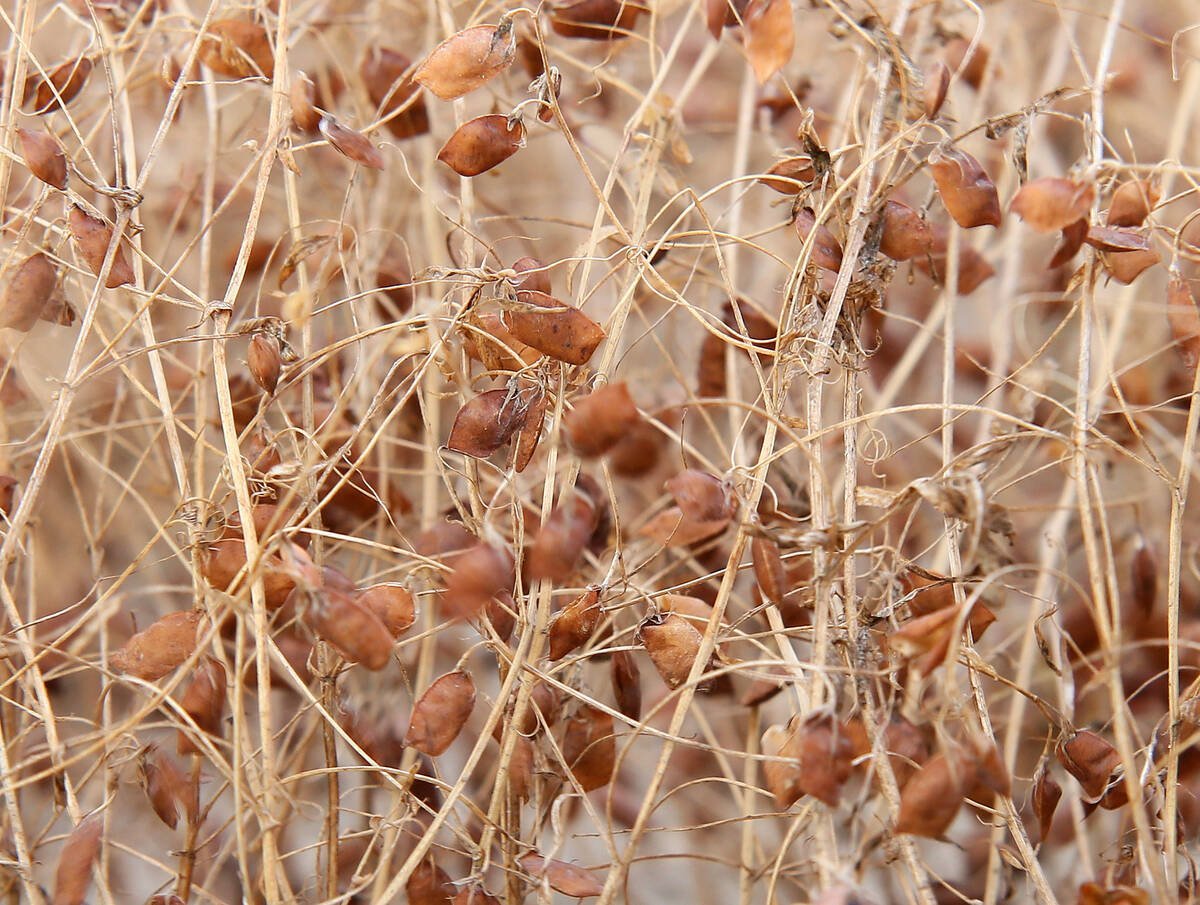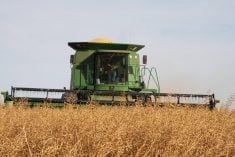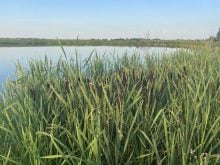A basic rule of organic production is that each farm is unique. As a result, successful organic farmers need to be able to develop, test and apply production techniques on their own farms, especially when they are first starting out.
While many farms share broad soil types and similar climatic conditions, there is a much wider variation in pests, soil fertility, cropping and management history.
Farms also vary widely in their access to resources. Some farms have the right machinery for the job, while others do not. Many farm families work off the farm and have less time for labor and management. Livestock are a part of many organic farms, but not all.
Read Also

Europe holds promise for Canadian lentils
Pulse Canada is trying to help boost lentil consumption in Europe, which is already the fourth largest market.
The greatest barrier to organic farming, however, is farmers’ attitudes. Many of them still don’t believe that organic farming can be successful.
But if they are at least curious, it is possible to experiment on a small scale and make some decisions based on their results.
Most organic farmers experiment each year with new crops and production techniques.
Here are some research methods that will make experiment results more reliable:
- The most important rule is keep it simple.
Test only one treatment at a time. Attempting to test more than one will make it impossible to rule out interactions between two treatments.
Let’s say you apply rock phosphate and elemental sulfur on three test strips and measure the yield difference against three untreated test strips. If the yield increase is six bushels per acre, you won’t be able to tell which product increased the yield.
- Fields used for test plots should be well drained and uniform.
The more uniform the test plot area, the more likely it is that the results will be due to the treatment and not an unrelated factor.
It is best to select a field with a consistent cropping and management history. A major difference between test plots will increase the likelihood that differences in the results were due to factors other than the treatment.
Soil testing for fertility and salinity will provide information about the productivity of the soil and allow for a before and after comparison.
- Because soil within a field is not uniform, it is preferable to use long narrow field length test plots adjacent to untreated plots.
Replicating pairs of plots two or three times will provide more conclusive results.
Because of variability in weather and other factors, testing any treatment for several years will increase the accuracy of the results.
- It is easier to collect yield data now that combine yield monitors are more common and affordable.
Another measuring option are weigh wagons available from research groups. Farmers can also weigh lots at local elevators and seed plants.
Be sure to keep moisture, grade, dockage and protein samples from each plot.
- Farmers can use welded steel square-metre measuring grids for measuring average results from various treatments.
While more time consuming, counting weed, crop emergence and other data on randomly selected square metres in both the treated and untreated test strips will provide additional information on treatment results.
- If your goal is to produce replicated scientifically credible results, then you will need to design and implement research using proper scientific methods.
It may be appropriate to pool resources and to involve scientists in a more formal, longer-term co-operatively organized project.














